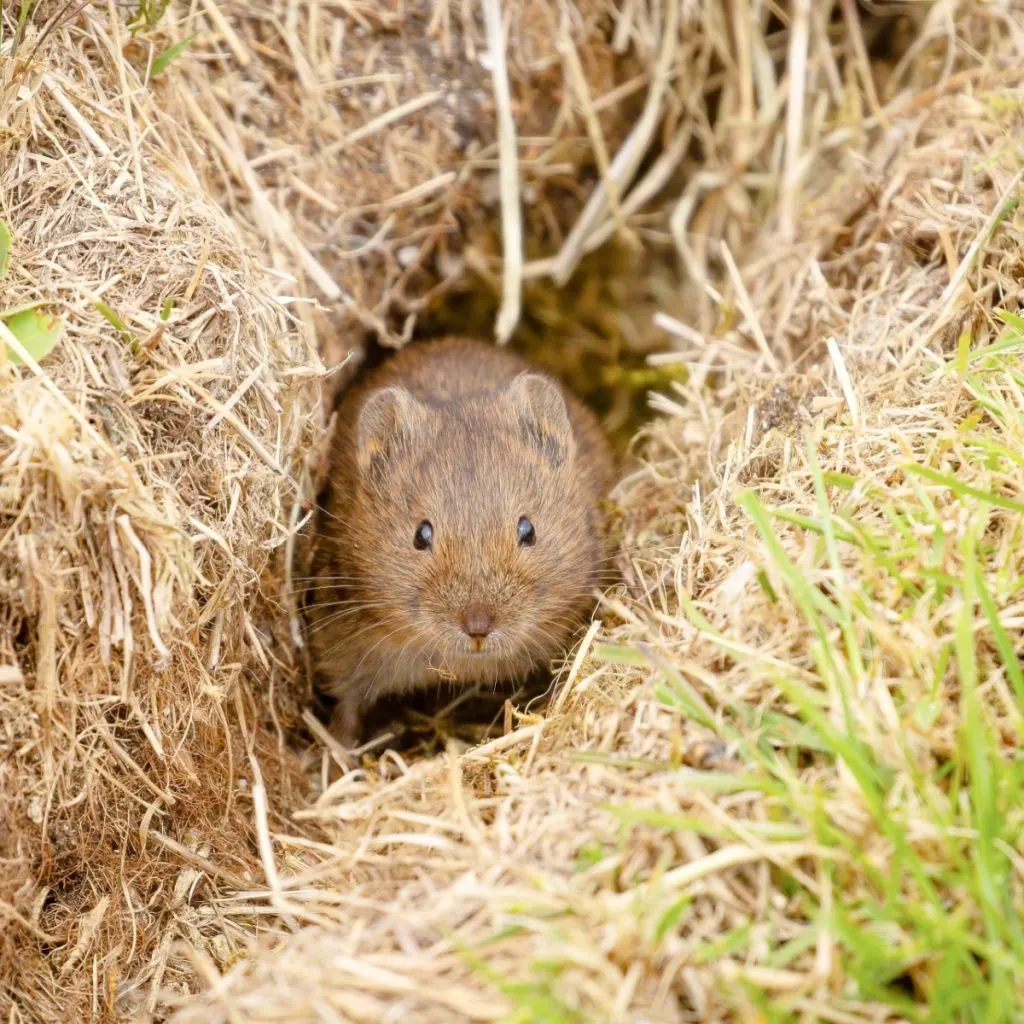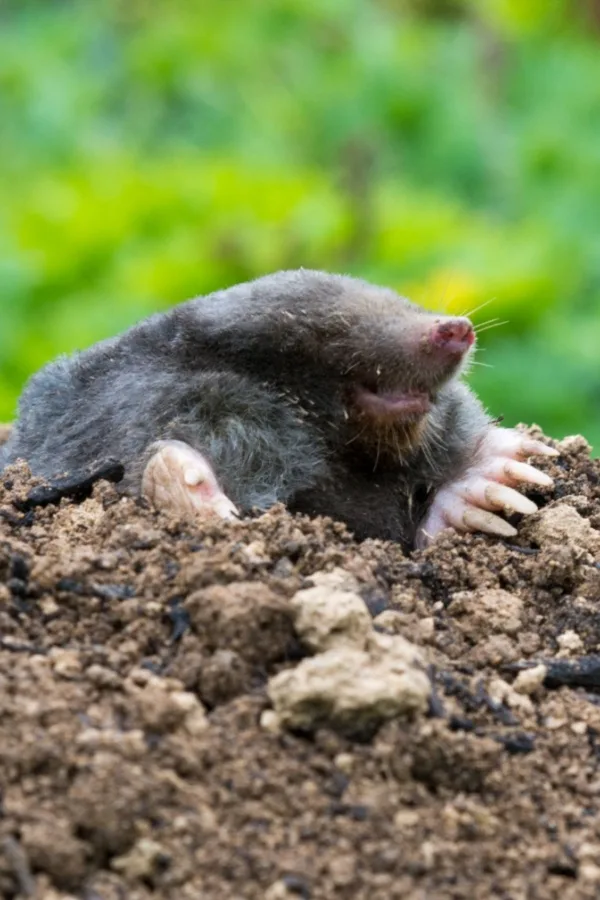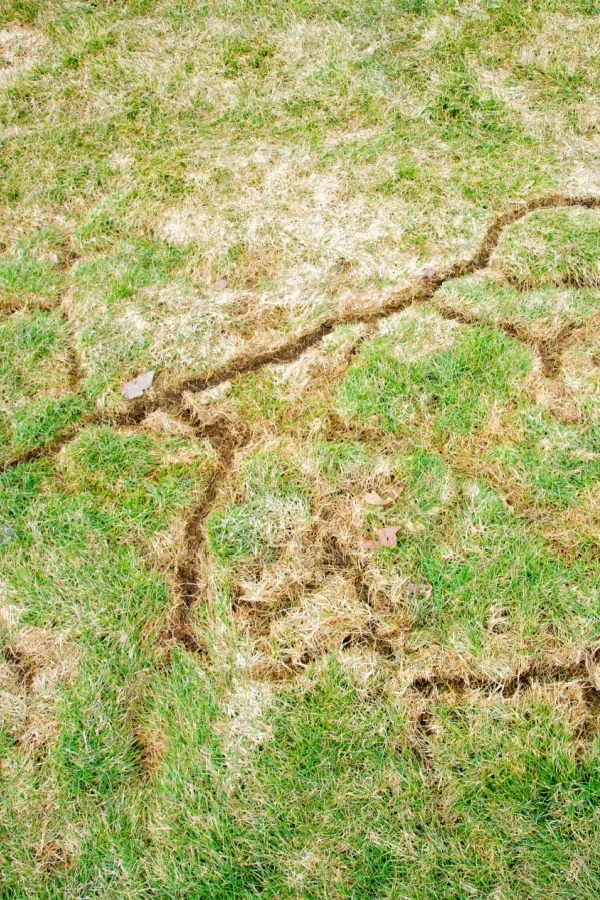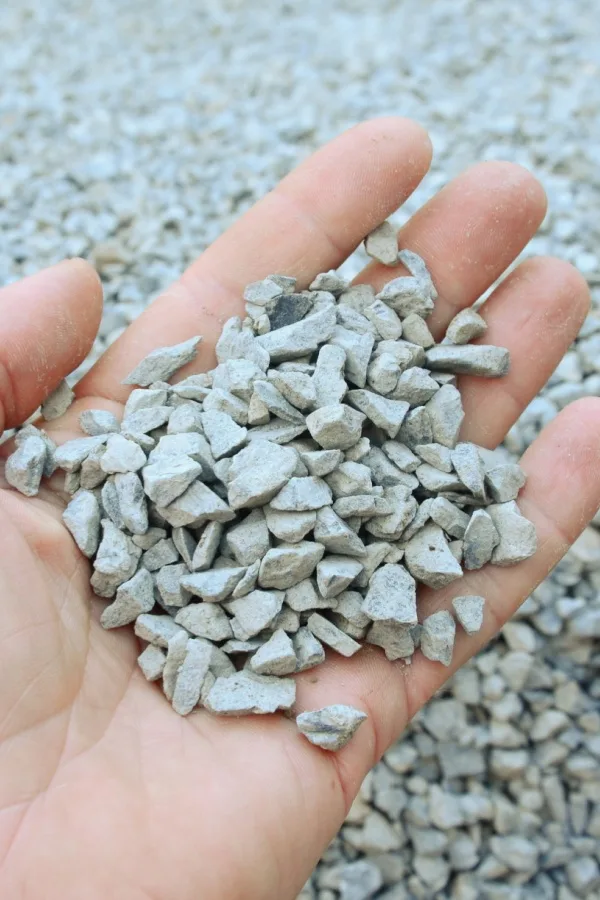If there is one outdoor pest that drives both homeowners and gardeners crazy, it’s voles – but thankfully, there are a few simple ways to recognize their damage and stop them from taking over your lawn and garden space without having to resort to harsh poisons or chemicals.
The mouse-like vole may appear cute at first glance – but they can quickly wreak havoc on all sorts of different vegetation around your property. Sometimes called meadow mice or field mice, voles feast on grasses, bulbs, tubers, bark, roots, seeds, and any herbaceous plants they can find.
Voles have relatively short lifespans. However, despite this, they quickly reproduce, often having multiple litters each year with 10 or more babies each time. And more voles equals more damage to your plants and yard!

While prevention is often the key to keeping voles away from your property, sometimes even the best attempts still fail. All you are left with are tiny trails all throughout your lawn and missing or damaged plants in your garden.
Thankfully, there are some safe and natural ways to help stop and prevent a vole population – without the need to resort to drastic poisons. Something that both your garden and your family can be thankful for!
Is It A Vole Or Mole?
Voles are often mistaken for moles, another burrowing animal that can cause damage to lawns and plants. However, there are a few big differences between these two tiny creatures.
To start, voles look a lot like mice but have shorter tails, rounded ears, stubby noses, and stockier bodies. They range anywhere from 5 to 8 inches long (including the tail) and have thick fur that is usually gray or brown in color.
Moles, on the other hand, have slightly thinner bodies with large feet that are used for digging. They have no visible ears, tiny eyes, and an elongated snout. See: How To Get Rid Of Ground Moles.

Besides appearance, both animals have different diets. Moles are omnivores that tend to feed on insects, grubs, and earthworms, voles on the other hand primarily eat vegetation.
Their burrowing habits also vary slightly. Moles typically dig down deeper in the soil, creating long underground tunnels. You will also find mounds of soil shaped like little volcanoes randomly throughout your yard as well.
Voles, on the other hand, only burrow right below the surface, allowing them to easily feast on the roots and stems of plants. While moles tend to cause more damage to lawns, voles cause more damage and issues to vegetation and trees.
How To Recognize Vole Damage – How To Stop Voles
At the surface level, voles create tiny trails through grass and other vegetation. These trails are created by multiple little voles running back and forth, eventually wearing down the paths.
Just below the surface of the soil, voles create small underground tunnels that crisscross one another. The 2-inch wide paths are created as a result of the voles burrowing down to feast on the roots and tissues of shrubs, bushes, trees, bulbs, and other root crops.

Signs of root damage can be seen in leaning or droopy plants with yellowing leaves. If the damage is severe enough, the plants can end up dying out altogether.
You can also see vole damage on the bottom few inches of trees or shrubs. Their front teeth can leave behind gnaw marks as they chew on the bark of these plants. And then there’s the very telling pellet-shaped droppings that voles leave behind as they go about their business.
Keep in mind that there are a few different garden pests that can leave behind similar damage and destruction. It’s important that you recognize exactly which pest is causing the problem before you try to rectify it.
How To Stop Voles Naturally
Prevention First
As with most issues, prevention is always better than trying to fix a problem that is beginning to get out of hand. The same is true for stopping voles.
One of the best ways to keep voles from making your garden their home is by keeping your property mowed and tidy. Voles like to bed down in taller grasses and dense ground covers. Without those around, there is no place for the voles to rest and recharge.

Unlike some rodents like mice and rats, voles do not usually seek shelter during the wintertime. In fact, their numbers can actually increase in locations with mild winters and significant snowfall.
Keep snow away from the base of trees, shrubs, and other plants during the winter. This prevents the voles from having easy access to these food sources.
Also, keep mulch away from the base of newly planted trees and shrubs. Voles like to burrow down into thick mulches. Using trunk guards can also help to protect young trees and shrubs. Product Link: EasyFlex Tree Trunk Protector
Plan Ahead When Planting – How To Stop Voles
Adding chicken wire or welded wire under newly constructed raised beds will help to deter these digging rodents from stealing crops in your raised beds. Use a metal wire to prevent the voles from chewing through plastics and thinner materials.
Voles are not good climbers. Add a fence of welded wire cloth around garden spaces to keep them out. Bury the wire at least 6 to 8 inches underground to prevent them from tunneling underneath.

Last but not least, voles do not like coming into contact with coarse gravel or rocks. When planting bulbs or perennials, add a layer of gravel to surround the planting hole. You can also place bulbs in wire baskets for additional protection.
Natural Deterrents – How To Stop Voles
Voles have a very sensitive sense of smell. Adding plants that voles do not like coming into contact with can be an effective way to stop them from enjoying more desirable plants.
Plants like allium, garlic, thyme, mint, daffodils, snowdrops, hyacinths, and irises are all plants voles do not like, and you can use them as deterrents. Many of these crops are actually great for keeping a whole host of different garden pests away as well.
Voles also dislike the smell of spicy peppers. To use this to your advantage, you can create a homemade spray using chopped hot peppers, water, and biodegradable dish soap. Spray the mixture on plants the voles tend to dine on or around vole tunnel entrances.
The smell and the hot taste will usually keep them far away from the plants. To keep effective, you will need to be reapply after you water or it rains.
Here’s to taking steps to prevent voles from ruining your garden and lawn naturally and safely!
This Is My Garden
Follow Our Facebook Page For Great Gardening Tips And Advice! This Is My Garden Facebook Page
This Is My Garden is a garden website created by gardeners, for gardeners. Jim and Mary Competti have been writing gardening, DIY and recipe articles and books and speaking for over 15 years from their 46 acre Ohio farm. They publish three articles every week, 52 weeks a year. Sign up today to follow via email, or follow along!
